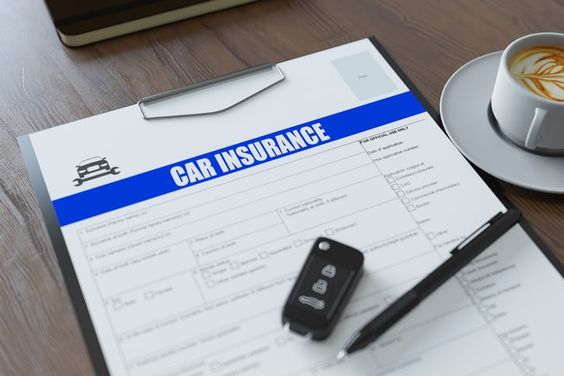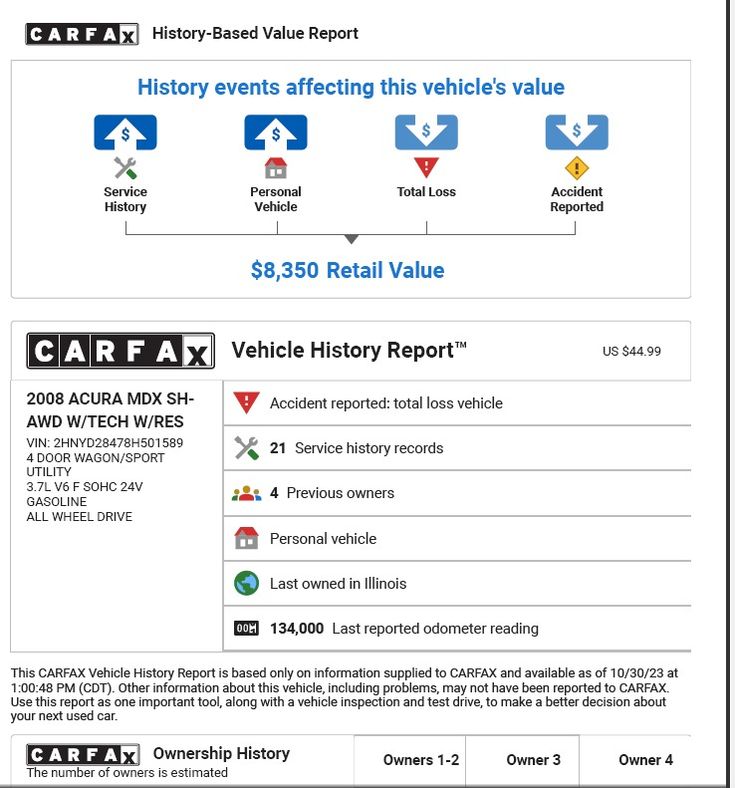Introduction:
Leasing a car can be a great option for those who want the latest model without the long-term commitment of ownership. It offers lower monthly payments and the flexibility to upgrade to a new vehicle every few years. However, navigating the leasing process can be daunting, especially for first-timers. This comprehensive guide will walk you through the steps involved in leasing a car, from understanding your needs to signing the final paperwork.

Whether you're looking for a reliable daily driver, a stylish SUV, or a fuel-efficient hybrid, this guide will equip you with the knowledge and confidence to make an informed decision. We'll cover everything from determining your budget and choosing the right lease terms to understanding the fine print and avoiding common pitfalls.
Step 1: Determine Your Needs and Budget
Before you start shopping for a lease, it's crucial to assess your needs and set a realistic budget. Consider factors like:
- Driving habits: How many miles do you typically drive each year?
- Vehicle type: Do you need a sedan, SUV, truck, or something else?
- Features: What features are important to you, such as safety technology, entertainment systems, or fuel efficiency?
- Monthly payment: How much can you afford to pay each month?
Once you have a clear understanding of your needs and budget, you can start researching different lease options.
Step 2: Research and Compare Lease Offers
With your needs and budget in mind, you can start exploring different lease offers. Consider the following factors:
- Lease term: Typically ranging from 24 to 60 months, a longer lease term generally means lower monthly payments but a higher total cost.
- Mileage allowance: This determines how many miles you can drive per year without incurring additional fees.
- Residual value: This is the estimated value of the vehicle at the end of the lease term. A higher residual value means lower monthly payments.
- Interest rate: A lower interest rate will result in lower monthly payments.
- Lease fees: These include fees for processing, documentation, and other administrative costs.
Compare lease offers from different dealerships and manufacturers to find the best deal that fits your needs and budget.
Step 3: Negotiate the Lease Terms
Once you've found a lease offer you're interested in, it's time to negotiate the terms. Don't be afraid to ask for a better deal, especially on factors like the interest rate, mileage allowance, and lease fees.
- Negotiate the interest rate: Shop around for financing options from different lenders to see if you can get a lower rate.
- Discuss the mileage allowance: If you anticipate driving more than the standard mileage allowance, negotiate for a higher limit or be prepared to pay additional fees.
- Review the lease fees: Ask for a breakdown of all fees and negotiate to reduce or eliminate any unnecessary charges.
Step 4: Sign the Lease Agreement
Before signing the lease agreement, carefully review all the terms and conditions. Pay close attention to:
- Monthly payment: Make sure the payment amount is within your budget.
- Mileage allowance: Confirm the mileage limit and any associated fees.
- Residual value: Understand how this value affects your monthly payments.
- Early termination fees: Be aware of any penalties for ending the lease early.
- Wear and tear: Understand the terms regarding damage and excessive wear and tear on the vehicle.
If you have any questions or concerns, don't hesitate to ask the dealership representative for clarification.
Step 5: Enjoy Your New Lease
Once you've signed the lease agreement, you can enjoy your new car. Remember to follow the terms of the lease agreement, such as maintaining the vehicle and staying within the mileage allowance.
At the end of the lease term, you have several options:
- Return the vehicle: This is the most common option, and you'll be responsible for any excess wear and tear.
- Purchase the vehicle: You can choose to buy the vehicle for the residual value.
- Lease a new vehicle: You can simply roll over into a new lease on a different vehicle.
Leasing a car can be a convenient and cost-effective way to drive a new vehicle. By following these steps, you can navigate the process with confidence and find a lease that meets your needs and budget.





